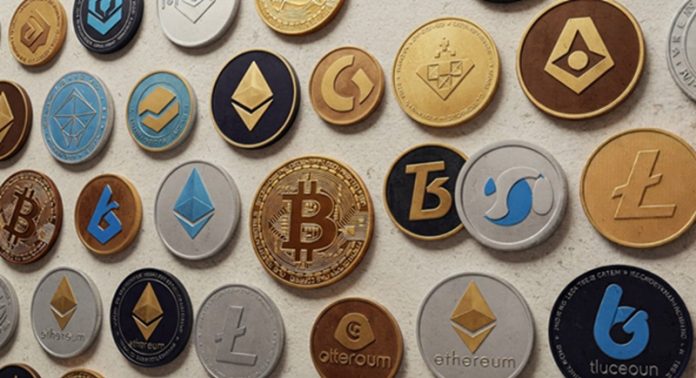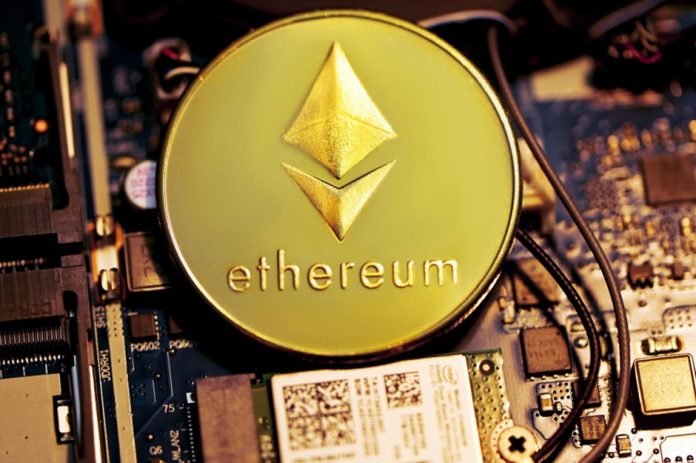The American Federation of Teachers (AFT), a major U.S. labor union representing about 1.8 million educators, school staff, healthcare workers, and public employees, has publicly opposed the Senate’s proposed crypto market structure bill, known as the Responsible Financial Innovation Act.
In a letter sent on December 9, 2025, to Senate Banking Committee leaders—Chairman Tim Scott (R-SC) and Ranking Member Elizabeth Warren (D-MA)—AFT President Randi Weingarten urged lawmakers to withdraw the legislation entirely, describing it as “as irresponsible as it is reckless.”
This stance aligns with broader pushback from other unions and consumer groups, amid ongoing negotiations that could delay a Senate vote until early 2026. The AFT’s concerns center on the bill’s potential to undermine financial stability and expose vulnerable retirement savings to undue risks.
The union argues that the bill could enable cryptocurrencies and tokenized assets to infiltrate pension funds, including those managed by the AFT itself. Most U.S. pension systems currently avoid crypto due to its volatility and lack of clear legal status.
Weingarten emphasized that the legislation “pretends that crypto assets are stable and mainstream, and they are not,” potentially eroding safeguards for traditional securities and allowing “unsafe assets” into retirement portfolios without equivalent regulatory protections.
Critics, including the AFT, claim the bill weakens existing rules by permitting tokenized stocks traditional company shares on blockchains to trade without standard SEC registration, reporting, or intermediary oversight.
This could bypass protections that have long governed U.S. securities markets, exposing workers with “no current involvement in or connection to cryptocurrency” to economic risks. The letter highlights the bill’s failure to curb “illegal activity, fraud, and corruption” rampant in anonymous crypto markets.
Weingarten warned that these gaps could “lay the groundwork for the next financial crisis,” echoing concerns about stablecoins and digital assets lacking “commonsense guardrails.”
Beyond pensions, the AFT fears the bill’s lax framework for crypto exchanges and DeFi (decentralized finance) could destabilize the overall economy, including banks, deposit insurance funds, and taxpayers.
This isn’t an isolated voice—the AFT’s letter follows similar objections from the AFL-CIO— the nation’s largest labor union in October 2025, which criticized an earlier draft for exposing financial systems to high-risk assets.
Nearly 200 consumer and advocacy groups, including Better Markets, Public Citizen, and Americans for Financial Reform, also signed a letter this week demanding the Senate address crypto’s “widespread harms” before advancing any bill.
Even some industry players and senators, like Cory Booker (D-NJ), have expressed “deep concern” over unresolved issues, with Sen. Bernie Moreno (R-OH) stating “no deal is better than a bad deal.”
The bill, co-sponsored by crypto-friendly Sens. Cynthia Lummis (R-WY) and Moreno, builds on the House-passed CLARITY Act and aims to clarify regulatory jurisdiction between the SEC and CFTC for digital assets.
However, negotiations have stalled, partly due to the recent U.S. government shutdown, with divisions over DeFi oversight and peer-to-peer transaction rules. Supporters, including some banking executives and lawmakers like Sen. Bill Hagerty (R-TN), argue it provides long-overdue consumer protections and jurisdictional clarity.
Despite this, the mounting union and advocacy opposition has dimmed its prospects, potentially forcing revisions or abandonment.
Bhutan Launches TER, A Sovereign Gold-Backed Token on Solana
Bhutan has officially announced the launch of TER, a pioneering sovereign-backed digital token fully collateralized by physical gold, built on the Solana blockchain.
This marks a significant step in the Himalayan kingdom’s blockchain adoption strategy, blending traditional asset stability with modern digital finance. The token is set to go live on December 17, 2025, just days from now.
Issued through Gelephu Mindfulness City (GMC), a Special Administrative Region in Bhutan designed as a hub for sustainable innovation and global investment. Each TER token represents a fixed amount of physical gold held in secure custody, ensuring 1:1 redeemability and on-chain transparency.
Solana was selected for its high-speed transactions up to 65,000 TPS, low fees, and low environmental impact—aligning with Bhutan’s commitment to sustainability. This enables seamless global transfers while mimicking the portability of digital assets.
Handled exclusively by DK Bank, Bhutan’s first licensed digital bank, regulated by the Royal Monetary Authority. Initial purchases will be available directly through the bank, with institutional-grade storage for the underlying gold.
Matrixdock, a Matrixport subsidiary provides the tokenization infrastructure, enhancing security and compliance. TER aims to bridge gold’s role as a timeless store of value with blockchain efficiency, attracting international investors to Bhutan’s eco-friendly financial ecosystem.
It supports GMC’s vision of “mindful innovation,” rooted in transparency and long-term stewardship. As Jigdrel Singay, a GMC Board Director, stated: “By issuing gold-backed digital tokens with sovereign branding, we are demonstrating how a crypto-friendly city can welcome responsible innovation while staying rooted in Bhutan’s values of transparency, sustainability, and long-term stewardship.”
This isn’t Bhutan’s first foray into crypto:Since 2019, the country has mined Bitcoin using its abundant hydroelectric power, amassing 5,984 BTC valued at ~$536 million as of December 2025, making it the world’s 7th-largest sovereign holder.
Partnerships include integrations with Binance Pay for tourism and Ethereum-based national identity systems. TER follows a similar trend seen in Kyrgyzstan’s recent USDKG gold-backed stablecoin, signaling how smaller nations are leveraging tokenized assets for economic diversification.
Solana Foundation President Lily Liu highlighted the collaboration: “This showcases how forward-looking nations can leverage Solana’s technology to bring high-quality, asset-backed digital products to a global audience.”
This launch positions Bhutan as a leader in sovereign digital assets, potentially paving the way for more tokenized real-world assets (RWAs) in emerging markets.
Since 2019, the country has leveraged its vast hydroelectric resources—producing over 10,000 MW of surplus clean energy annually—to mine Bitcoin, transforming excess power that would otherwise be wasted or exported at low tariffs into a strategic national asset.
This initiative, often dubbed “green crypto,” aligns with Bhutan’s carbon-negative status and Gross National Happiness philosophy, positioning Bitcoin as a tool for economic diversification beyond tourism and hydropower exports.
As of December 2025, mining operations generate 55–75 BTC ~$6–8 million at current prices weekly, contributing significantly to the nation’s treasury. Bhutan’s Bitcoin journey began modestly amid the 2020 global pandemic, which disrupted traditional revenue streams like tourism.
At least six sites managed by state-owned Green Digital under DHI. Converted Education City project. Cool climates reduce energy needs for cooling. Avalon rigs and efficient ASICs; Bitdeer provides tech and $500M investment for expansion. Locally assembled equipment early on; now imports chips.
~13,000+ BTC mined total since inception. Weekly yield: 55–75 BTC. Post-2024 halving, capacity upgrades ensure sustainability. DHI oversees; active portfolio includes ~$35M ETH, $3M BNB, minor Polygon. BTC used for salaries, infrastructure, and reserves—no IMF loans needed.
Unlike others, Bhutan’s stash is 100% mined, not seized. Revenues ~$1B+ total fund public worker raises up to 76%, salaries, and projects like drone tech and data centers. PM Tshering Tobgay called it a “simple strategic choice” in March 2025, echoing global trends.
DHI CEO Ujwal Deep Dahal emphasized green energy capitalization. Bhutan isn’t HODLing blindly—it’s tactical: July 2025: Sold 512 BTC ($59M) as BTC hit $122K+; another 213 BTC ($23M) amid reshuffling. August 2025: Transferred 517 BTC ($59M) to new wallets; holdings dipped to ~10,769 BTC ($1.2B).
March 2025: $63M to secondary wallets for diversification. These moves hedge volatility, with proceeds in stablecoins/fiat. Crypto now ~40% GDP exposure, prompting active management.
Critics question long-term scalability amid mining limits, but for now, it’s a win: clean energy to digital gold, boosting resilience without debt.
Like this:
Like Loading...






